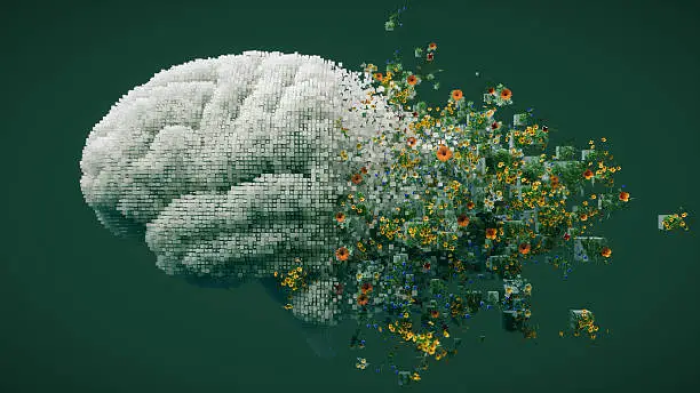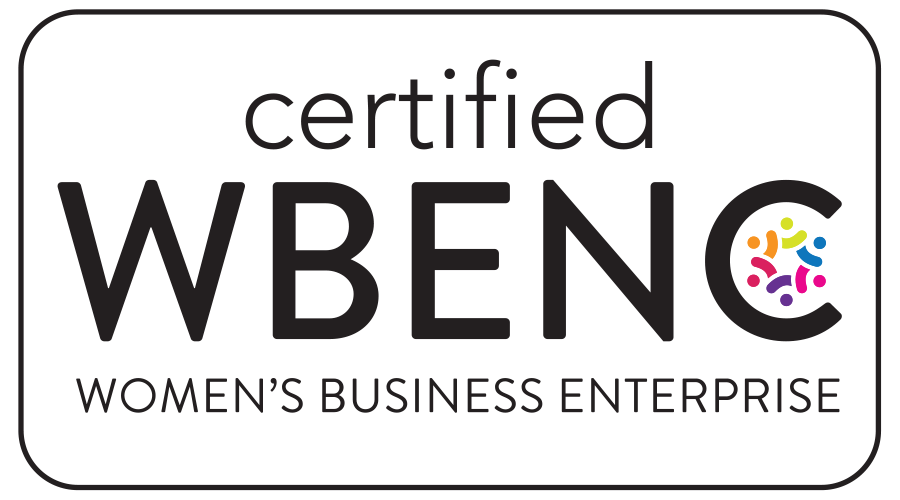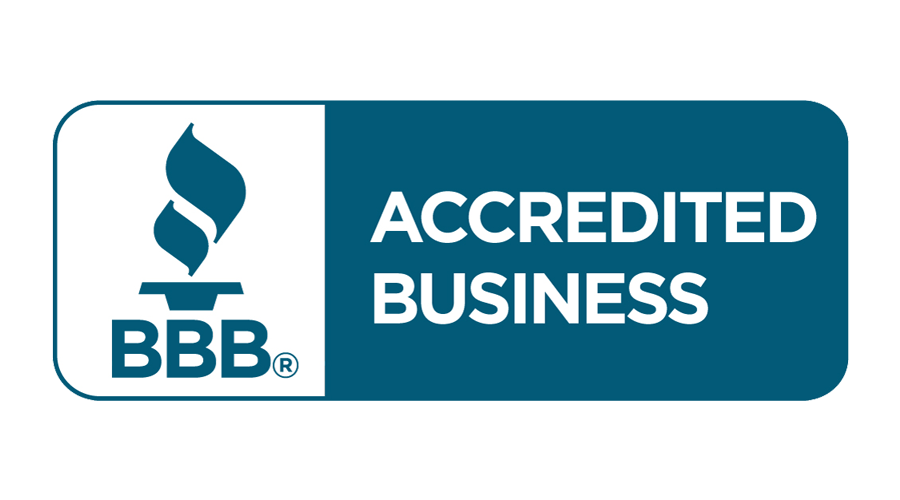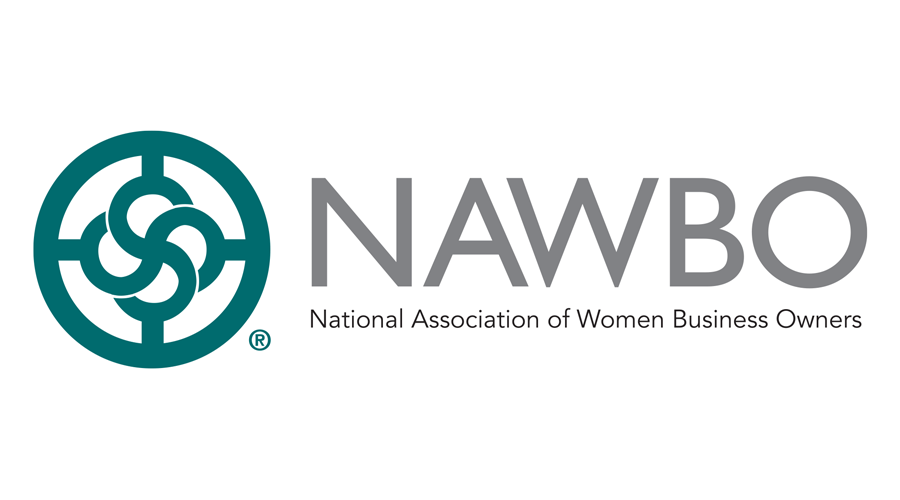AI – Which Regions Are Ready For The Next Technology Leap?

Which Regions Are Ready For The Next Technology Leap?
This post is about the article written on Brookings.edu about AI. It was valuable enough to highlight some major points for further discussion.
- Artificial intelligence is transforming the U.S. economy, yet regional disparities in talent development, research capacity, and enterprise adoption are stark, and not yet fully understood.
- AI activity remains highly concentrated, with the Bay Area alone accounting for 13% of all AI-related job postings.
- However, the recent boom in generative AI and agentic systems is beginning to widen the geography of AI activity to a broader set of emerging metro areas.
- To fully harness the power of AI, the U.S. should combine a supportive national strategy with “bottom–up” economic development by regions.
What does it mean to be ‘ready’ for AI?
The nation’s general readiness to benefit from AI is critical because the technology is going to play a significant role in economic development, given its potential to drive efficiency, innovation, and productivity in every industry, both nationally and within regions.
Overall, readiness for AI—as an emergent, innovation-driven technology—will depend on the nation’s ability to deliver on these critical pillars:
- The availability of abundant AI talent since talent clusters are critical in generating self-reinforcing economic growth for people, firms, and places.
- The accessibility of AI innovation and innovation infrastructure, since technical progress plays a disproportionate role in economic growth and builds on itself.
- Actual adoption of AI by organizations, because broad technology adoption remains an important driver of productivity growth and living standards.
AI readiness also matters for regions
At the same time, AI adoption at the regional level matters equally for economic development, prosperity, and the flourishing of communities. Individual places must pay attention to the local presence of the three pillars of AI readiness to ensure their success.
After all, AI very much reflects the tendency of emerging digital industries to cluster in a short list of large, tech-focused “early-adopter” hubs, as Brookings has described in previous reports.
At the same time, digital industries, including AI, tend to gradually diffuse across the country at varied speeds with varied adoption patterns.
In response, this analysis expands on an earlier study to examine the extent, location, and concentration of AI assets, capabilities, and activity in U.S. metropolitan areas.
Employing 14 basic measures, the report benchmarks regions based on their core AI assets and capabilities as they relate to three pillars of AI readiness: talent, innovation, and adoption. In doing so, the assessment categorizes 195 metro areas into six tiers of regional AI involvement and recommends starting points and strategies based on the level and type of involvement.
Read more about their data and methodology on page 5 of the full report. >>
Turning to the results of the assessment, analysis of the 14 measures of AI economic activity across the U.S. yields several broad findings about the industry, its characteristics, and its geography.
The main AI enterprise is concentrated in a limited number of metro areas, but numerous other regions are home to meaningful AI activity
Along these lines, the present analysis depicts an AI sector that remains concentrated in the nation’s most familiar coastal tech centers, but is beginning to spread across the country with varying degrees and types of local clustering.
Interactive Map
Continuing the pattern Brookings reported in 2021, the major AI community types revealed by the present cluster analysis include:
Superstars: The San Francisco and San Jose metropolitan areas exhibit unmatched strength across all three AI success pillars (talent, innovation, and adoption).
Star Hubs: This group of 28 metro areas forms a second echelon of uniformly strong AI ecosystems, balancing top‑tier talent, research, and enterprise uptake.
Emerging Centers: This group of 14 metro areas combines top performance in two pillars with one developing area.
Focused Movers: This group of 29 metro areas excels in one AI pillar while maintaining foundations in the other two.
Nascent Adopters: This group of 79 metro areas shows moderate performance across all three pillars.
Others: This group of 43 metro areas currently lags on multiple pillars.
In addition, the analysis also touches on 192 of the nation’s smaller metro areas.
As the map shows, the six cluster types account for varied, disparate chunks of the AI economy, with wide scattering across Eastern, Midwest, and Sun Belt states.
The six cluster types are characterized by varied strengths across the three pillars. In this regard, the two Superstar metro areas reflect broad and dominant strength across all success pillars. Likewise, the Star Hubs group displays its own strong but less dominant balance across the three pillars. The rest of the cluster groups display varied configurations that all tend to reflect modest talent availability, thinner innovation resources, and somewhat stronger adoption activity.
What Regions Are Ready for the AI Economy?
Ashmore Consulting is your strategic partner in navigating this transformation.
The information contained herein is general in nature and is not intended and should not be construed as legal, accounting, or tax advice or opinion provided by Ashmore Consulting LLC to the reader. The reader is also cautioned that this material may not be applicable to, or suitable for, the reader’s specific circumstances or needs and may require consideration of non-tax and other tax factors if any action is to be contemplated. The reader should contact Ashmore Consulting LLC or another tax professional prior to taking any action based upon this information. Ashmore Consulting LLC assumes no obligation to inform the reader of any changes in tax laws or other factors that could affect the information contained herein.

 Follow Us
Follow Us
 Ashmore Consulting is proud to join Pledge 1%, a global movement creating new normal where companies of all sizes integrate giving back into their culture and values. Pledge 1% empowers companies to donate 1% of product, 1% of equity, 1% of profit or 1% of employee time to causes of their choice. Over 1,500 companies in 40 countries have taken the Pledge and committed to give to communities around the world. Ashmore Consulting is excited to join Pledge 1%’s network of founders, entrepreneurs and companies around the globe that have committed to giving back.
Ashmore Consulting is proud to join Pledge 1%, a global movement creating new normal where companies of all sizes integrate giving back into their culture and values. Pledge 1% empowers companies to donate 1% of product, 1% of equity, 1% of profit or 1% of employee time to causes of their choice. Over 1,500 companies in 40 countries have taken the Pledge and committed to give to communities around the world. Ashmore Consulting is excited to join Pledge 1%’s network of founders, entrepreneurs and companies around the globe that have committed to giving back.


